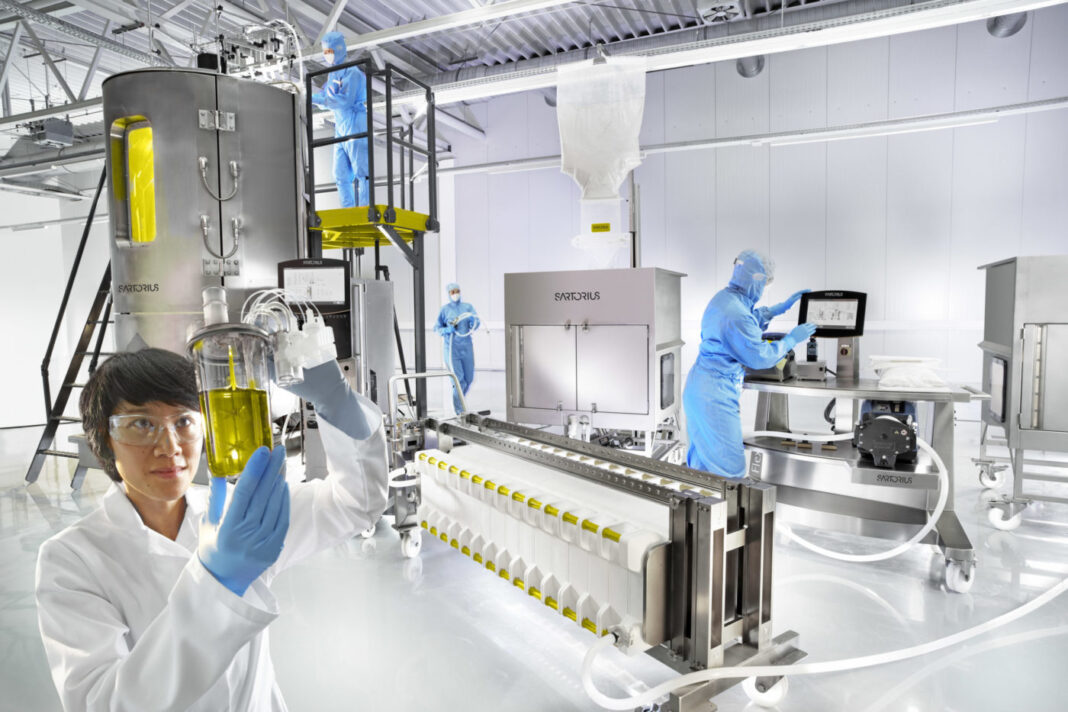Sartorius Stedim Biotech paid $825 million for part of Danaher’s life sciences business in a deal that included chromatography hardware, industrial skids, resins, and single-use tangential flow filtration (TFF) systems. The company reportedly also hired 300 Danaher staff.
The sale was prompted by U.S. regulators, who only approved Danaher’s acquisition of GE’s Biopharma business on the condition it agreed to divest certain assets.1 Danaher completed the takeover of the GE business—since renamed Cytiva—on March 30.2 Clearly opportunity was a factor. However, the Danaher bioprocessing technologies and businesses are a good fit for Sartorius’ portfolio, said Fritjof Linz, head of product management at Sartorius.
“The products and technologies we acquired from Danaher are closing a gap in our offering for downstream processing,” he said, highlighting the chromatography systems and resins as examples.
The Danaher deal is also in line with customer demands, according to Linz, citing the industry-wide push for higher output as a motivation.
“One market trend is process intensification and single-use facilities. The single-use chromatography systems and TFF portfolio are answers to the needs in the market,” he told GEN. “Process intensification is another hot topic in the industry and the BioSMB solution is nicely positioned for this approach.”
Future needs
Sartorius also believes its expanded portfolio will better position it to meet evolving technology needs. Linz used the fast growing cell and gene therapy sector as an example, predicting the industry would need purpose-built technologies to increase efficiency and ensure quality.
“The processing solutions for this market segment are diverse. The autologous and allogenic production processes are different in their requirements,” he explained. “One asks for small systems while the other could still use established manufacturing processes. Both require fully contained manufacturing processes. It is a strongly growing market with high potential in the future.”
Linz pointed out that solutions for upstream and downstream processing will be required, predicting cell and gene therapy developers’ demand for scalability will be an innovation driver.
“Currently, repurposed solutions are commonly used for manufacturing cell and gene therapies. Moving forward, innovative, scalable solutions will be necessary to address the needs of this rapidly growing market in order to reduce cost and speed up time to market,” he noted. “In downstream processing for viral vectors, demand for systems that combine membrane chromatography and TFF single-use systems will increase. Fit for purpose solutions will be needed for upstream and downstream processing. We will need a combination of optimal systems and tailored chromatography solutions based on resins and membrane chromatography.”
References
1. FTC Imposes Conditions on Danaher Corporation’s Acquisition of GE Biopharma.



